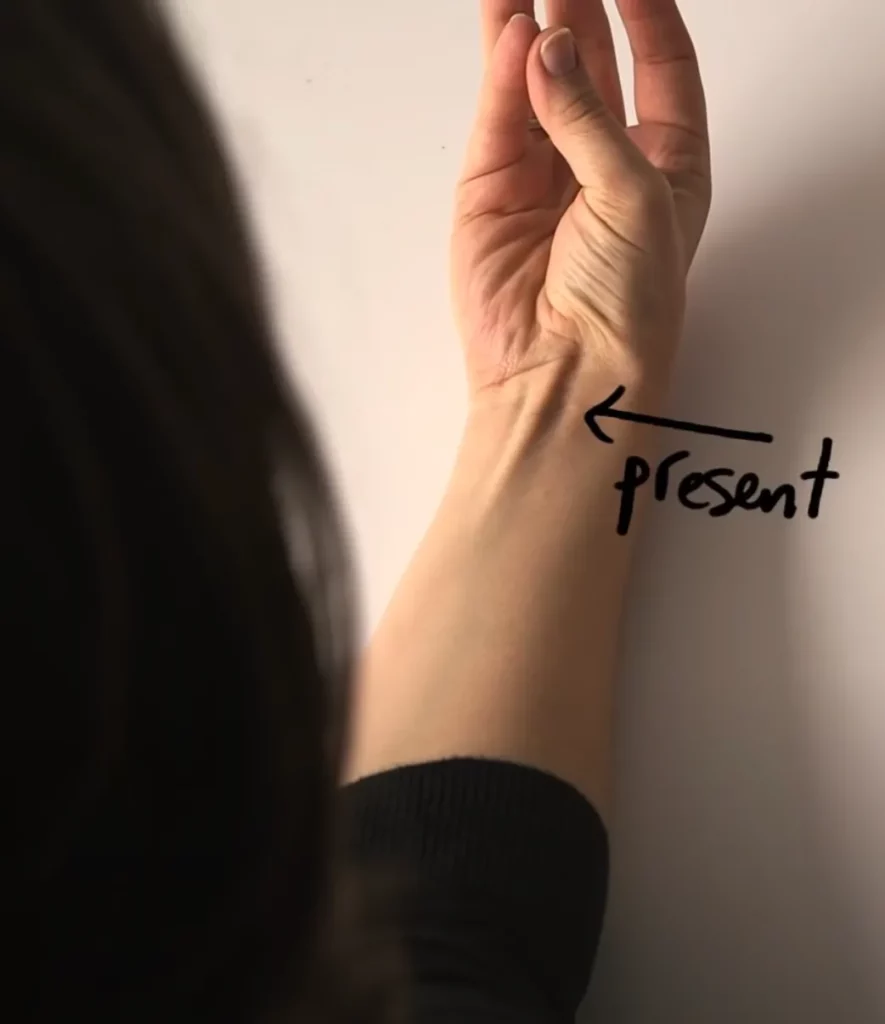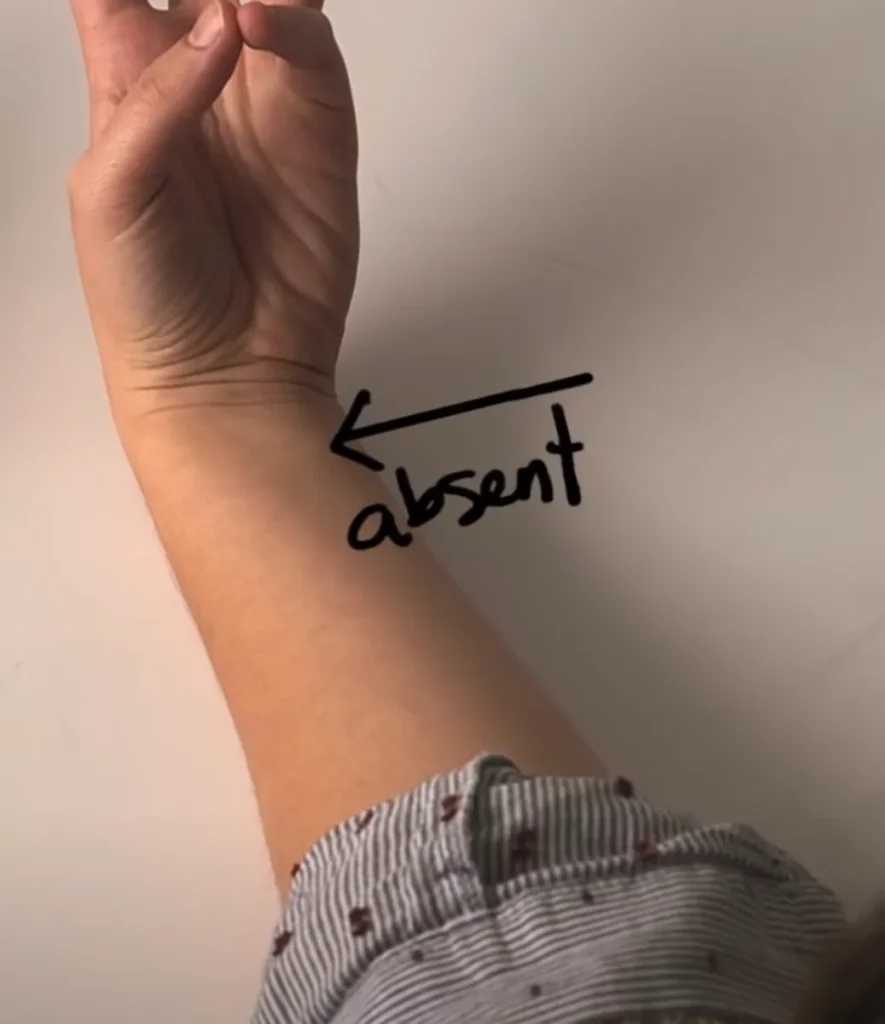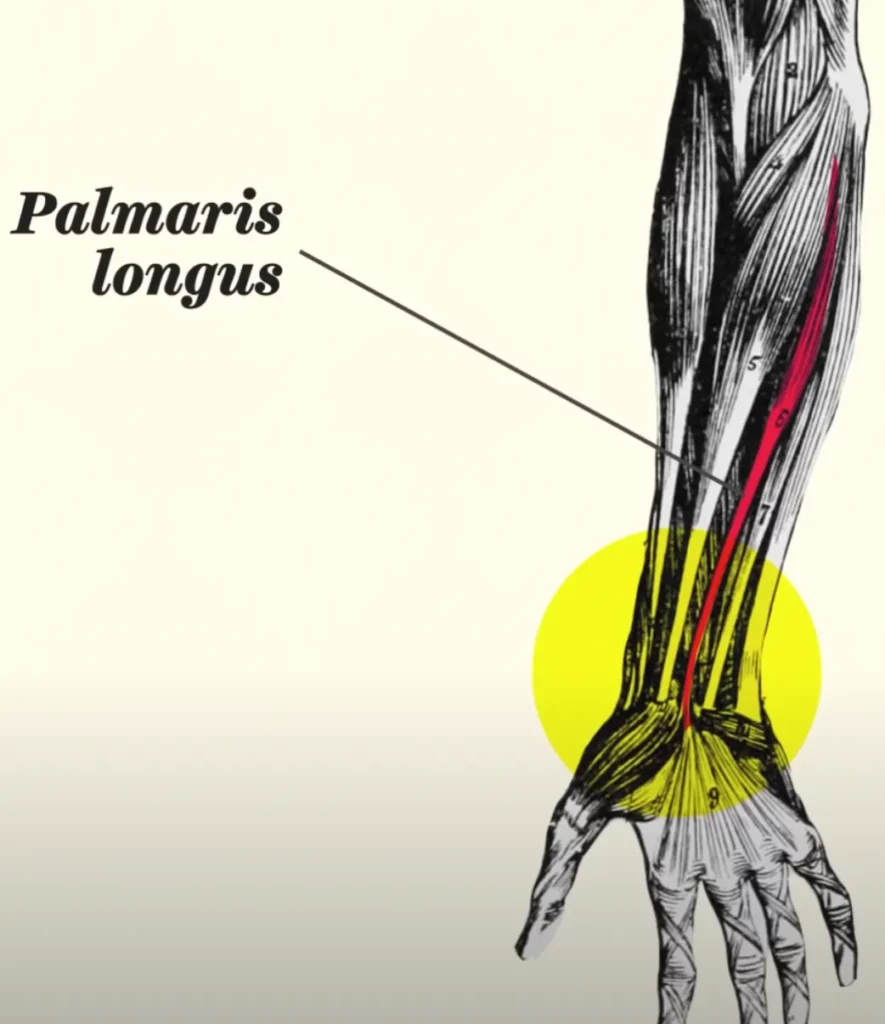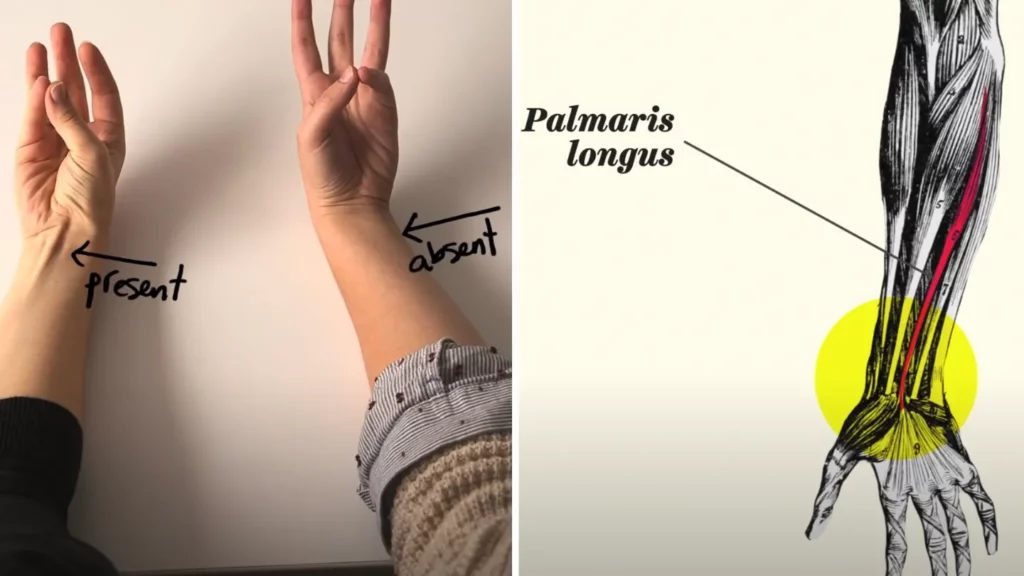The evolution process stands out as one of the most fascinating and complex subjects in science. It offers a deep link to the environment around us.
Although it might not always be at the forefront of our minds, our bodies bear the evidence of this intricate journey. These marks highlight characteristics passed down from our long-ago forefathers.
These remnants provide concrete proof of our evolutionary path. They remain a source of fascination for researchers and the inquisitive.
Some of these evolutionary relics might appear disconnected from our contemporary ways of living. They provide an intriguing look at the characteristics that played a crucial role in our survival.

A fascinating evolutionary trait is present within your own body. You can verify it in just a few moments.
A remarkable feature is concealed within your forearm. This information can be revealed with a simple hand gesture.
Consider goosebumps, for example—a curious response that happens when we experience cold or fear. For our mammalian ancestors, this reaction was far from random.
Goosebumps played a crucial role in helping them endure colder climates by causing the hairs on their bodies to stand up. This confined air established a barrier to retain heat.
Even now, we observe birds puffing up their feathers on cold days. This represents a strategic development rooted in common biological ancestry.
In a similar vein, you may have observed a cat’s fur bristle when it experiences a sudden shock. This gives the animal a more imposing and intimidating presence.
This protective strategy is a time-honored evolutionary response. The design aimed to deter predators by crafting an illusion of greater size.
Although humans may not depend on these instincts as they once did, traces of these survival strategies continue to be present in our physiology. They act as intriguing connections to our history.
What intriguing evolutionary insight lies within your arm? It resides in a tendon that reveals something extraordinary about your link to history.
This tendency may provide insights into the potential direction of our evolutionary journey. It provides an insight into the ongoing journey of human adjustment.
To reveal this intriguing detail, lay your forearm flat on a table with your palm facing upwards. Now, bring your pinky finger to meet your thumb and gently raise your hand.
A raised tendon in the center of your wrist indicates the palmaris longus tendon. Our primitive forebears have long inherited this characteristic.
In the past, this tendon played a critical role for specific primates. It facilitated their transition from one branch to another, particularly for species such as lemurs and monkeys.
In humans and ground-dwelling apes such as gorillas, this tendon has largely lost its significance. It has lost the essential purpose that it previously served.
It is noteworthy that approximately 10-15% of the human population has developed beyond what is necessary for this tendency. In these individuals, the palmaris longus is completely missing.
This indicates that human evolution is still unfolding. The lack of this tendon could signify a major evolutionary advancement.
If you don’t notice the elevated band during this straightforward test, consider yourself one of the fortunate individuals. There’s a possibility you could be involved in the upcoming stage of evolution.

Rest assured—having or lacking the tendon does not affect your strength or capabilities. Recent studies indicate that the palmaris longus does not play a significant role in grip strength.
Surgeons frequently opt to remove it for application in reconstructive procedures. Its absence has no significant impact on daily routines.
This muscle, linked to the now-vestigial tendon, once served an essential function for our tree-dwelling ancestors. It enabled them to navigate through branches effortlessly.
As humanity shifted towards a more terrestrial lifestyle, the necessity for this muscle diminished over time. It has since emerged as a fascinating remnant of our evolutionary history.
If you lack the tendon, you’re not alone. The gradual nature of evolution is evident, as the lack of this tendency in certain individuals points to a continuous process of adaptation.
Approximately 10–15% of individuals lacking the palmaris longus indicate evolutionary shifts that align with contemporary living. This tendency’s relevance has diminished.
Its absence could indicate a significant evolutionary advancement. This tendency has lost its significance as we’ve evolved beyond arboreal living and the need for survival skills.
However, the palmaris longus isn’t the sole evolutionary remnant present in the human body. Numerous individuals possess comparable remnants of characteristics inherited from their forebears.
These characteristics have endured beyond their initial intent. Some individuals have the ability to wiggle their ears thanks to the muscles located around the base of their ears.
For numerous species, the ability to move their ears plays a crucial role in their survival strategies. This capability allows for the detection of sounds from every direction, enhancing their safety.
In humans, these muscles have lost their functionality. They are merely a unique spectacle that only a select few can showcase.
Goosebumps, tailbones, and the grasp reflex in newborns provide further illustrations of fascinating biological phenomena. They illustrate the ways in which evolution has influenced, and is still influencing, the human body.
Every one of these characteristics offers a glimpse into our history. They provide insights into the strategies our ancestors used to endure.

The existence or absence of the palmaris longus tendon serves as a link to our history. It also suggests what may lie ahead for the course of human evolution.
As our ways of living change and we depend less on specific physical characteristics, some remaining features might gradually disappear. Researchers are actively examining these complex changes.
They are intrigued by how these changes in our biology indicate broader evolutionary patterns. Our bodies undergo continuous transformations, often in ways that go unnoticed.
At this moment, regardless of the presence of the tendon, the next time you bring your pinky to your thumb and observe your wrist, you’ll realize you’re observing a fascinating aspect of evolutionary history.
This highlights our common heritage and the dynamic evolution of the human form. Evolution is certainly an ongoing process.
Every individual holds a story of humanity within themselves. Even the tiniest tendon serves as a reminder of our deep connection to the ancient beings that preceded us.
Feature Image Credit: (Credit: Vox / YouTube)





